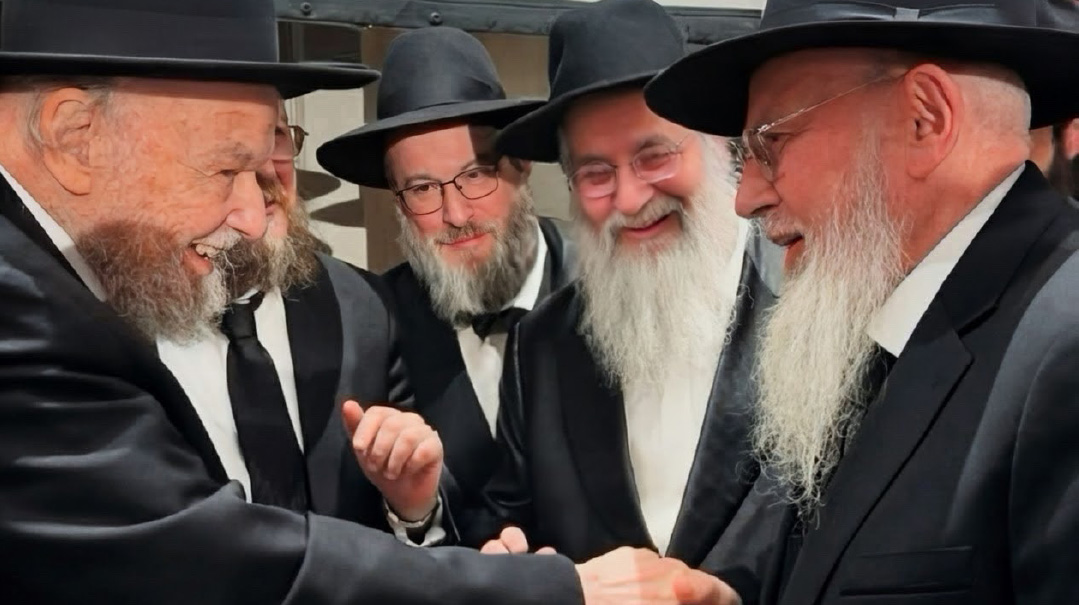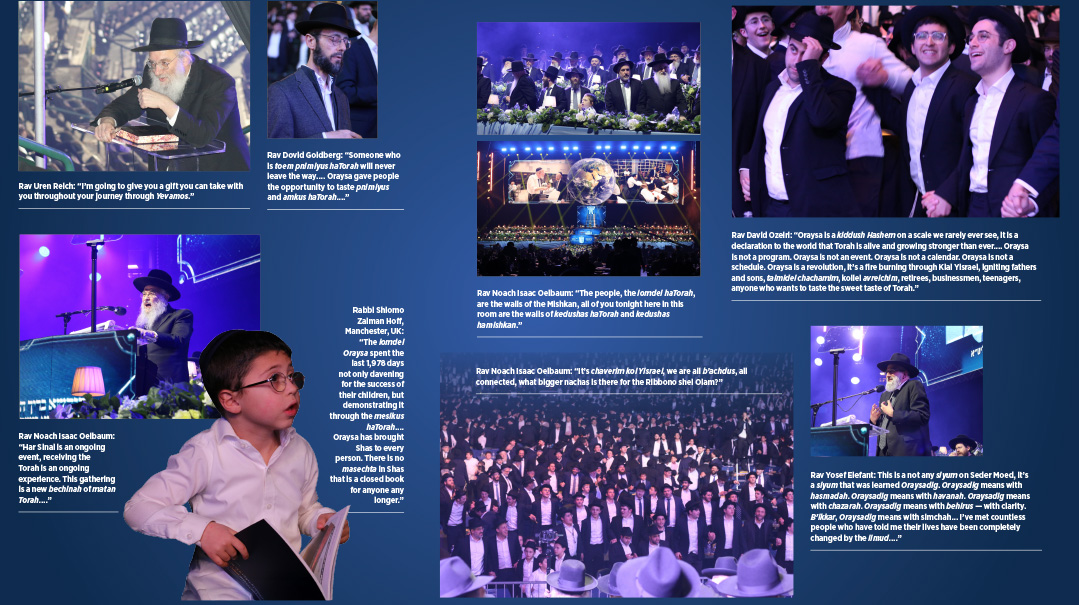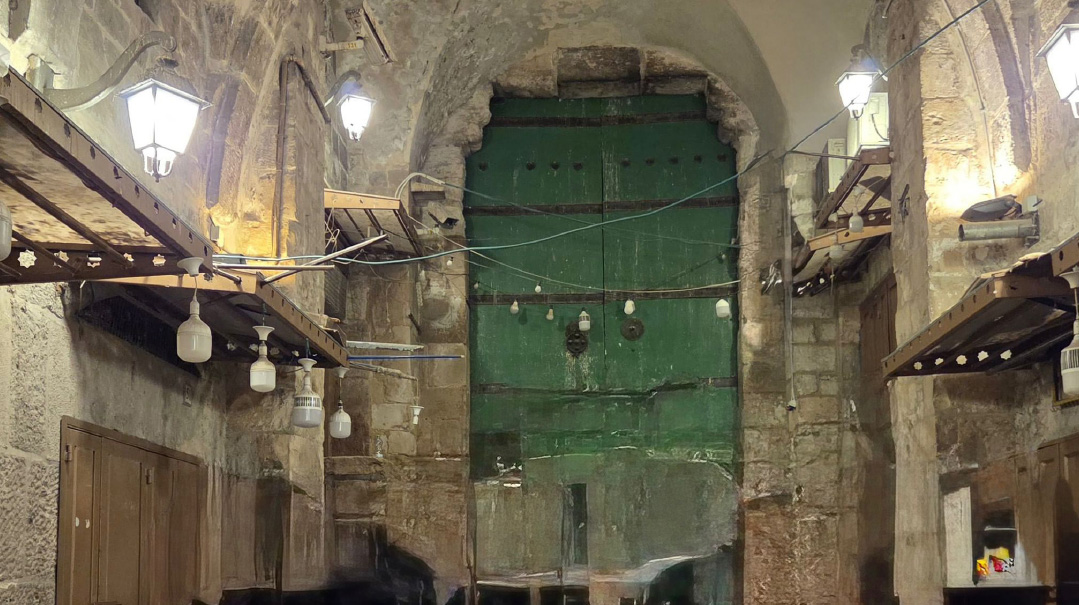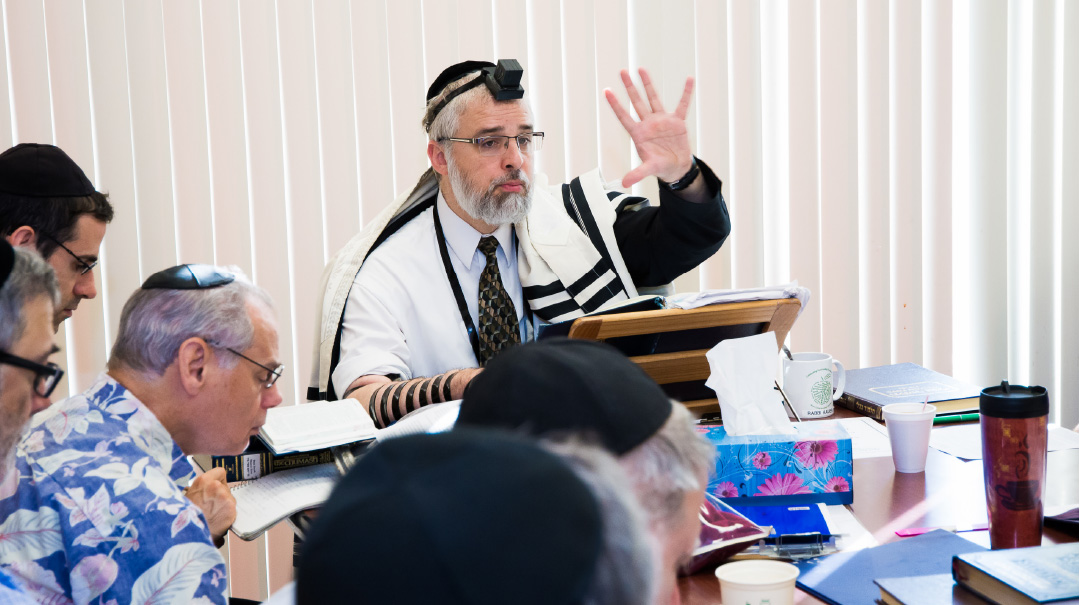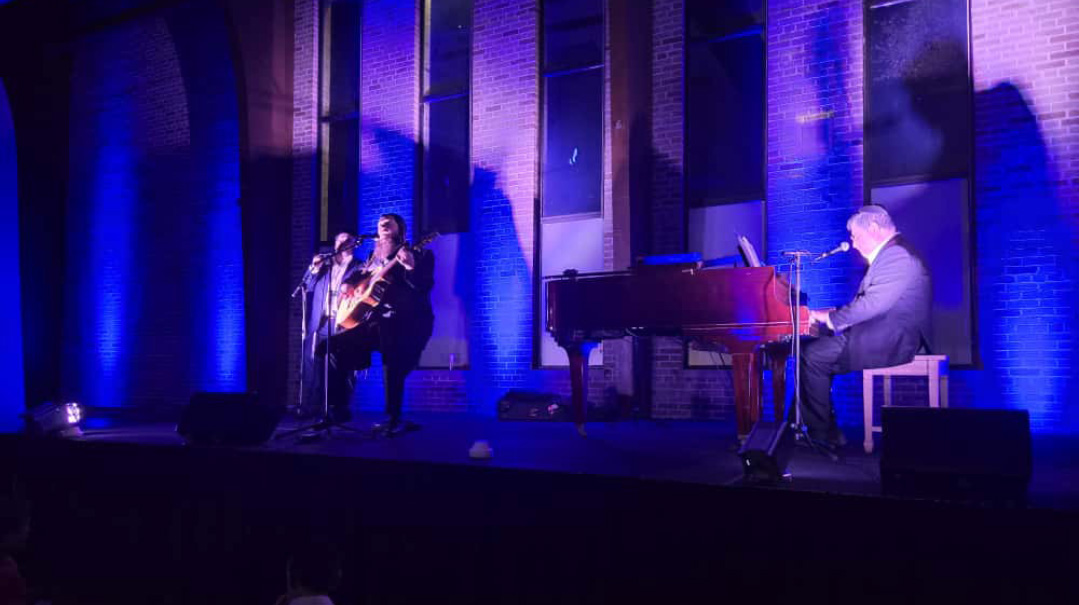The Moment: Issue 1012
| May 21, 2024What spurs two identifiably Orthodox Jewish children to spend time cleaning up a non-Jewish cemetery?

Living Higher
The Historic Monsey Cemetery, a small, non-Jewish war veterans’ cemetery located on the corner of Maple Avenue and North Saddle River Road, doesn’t host many Jewish visitors. But in an annual tradition (albeit an incongruous one), a week or so prior to Memorial Day, the Rubin boys from Monsey make their way through the grounds picking up any accumulated trash. What spurs two identifiably Orthodox Jewish children to spend time cleaning up a non-Jewish cemetery?
The answer goes back several years, to when Rabbi Dov Weissman, today a rebbi in Detroit’s Yeshiva Beth Yehuda, taught one of the Rubin boys. Rabbi Weissman would incorporate gedolim stories into his curriculum, and one week he shared vignettes about his saintly grandfather, Rav Mordechai Schwab. Originally from Frankfurt, Germany, Rav Schwab learned in some of the greatest Eastern European yeshivos, including Mir and Kamenitz. After the war, he settled in Monsey, where he assumed the position of mashgiach in Mesivta Bais Shraga and was renowned for his greatness in Torah and mussar.
Rav Schwab’s home was directly across from the old Historic Monsey Cemetery. One day, talmidim noticed the Mashgiach going through the cemetery, bending down from time to time. When they inquired, he explained that Memorial Day was fast approaching, and bereaved family members would be visiting the graves of soldiers who had died in battle. If they were to find the cemetery, which was located in the middle of a predominantly frum neighborhood, strewn with garbage, a great chillul Hashem would result, and Rav Schwab was determined to prevent that. And so each year before Memorial Day, he would quietly clean the cemetery.
After Rabbi Weissman shared the story with the class, one of the boys decided to perpetuate Rav Schwab’s tradition. Some 30 years after Rav Schwab’s passing, the old Historic Monsey Cemetery gets an annual cleaning, courtesy of the sensitivity of a gadol who lived a generation ago and two boys who took his message to heart.
Overheard
“Rav Moshe Sherer always used to ask me, ‘Shloime, why do we recite Krias Shema with our eyes closed?’ And he gave me a very interesting answer. He said that when our eyes are open, we can see what is in front of us, but when we close our eyes, we can imagine a much larger canvas — one that encompasses all of Klal Yisrael. And we cover our eyes with our hands, the instruments of action, the tools by which we take abstract thoughts and turn them into concrete action.”
—Shloime Werdiger addressing the inaugural Impact 2024 event in Toronto, a get-together at which donors and executive directors of mosdos joined for honest conversation regarding their shared mission of better serving the community and Klal Yisrael
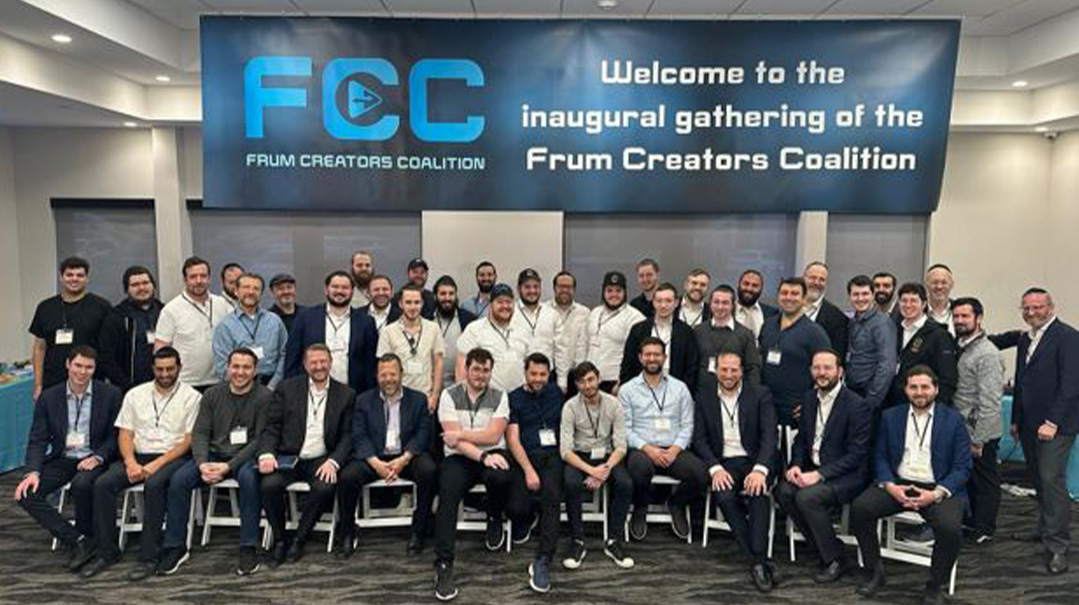
Lights, Camera, Unity!
The frum multimedia industry has mushroomed in recent years, and last week the industry’s key players gathered in a nondescript conference room in Rahway, New Jersey. The inaugural gathering of the “Frum Creators Coalition” saw companies and freelancers who are ostensibly competitors mingling about, sharing tips and ideas, and collaborating with one another. Rabbi Paysach Krohn related poignant and personal stories, and Cincinnati businessman Yitzchok Rosedale flew in especially for the evening to share divrei chizuk.
Networking events have become de rigueur in the business world, but what made this event unique was that no potential clients were in the room. It was a gathering with the singular mission of ensuring that an industry responsible for spreading so much kiddush Sheim Shamayim is operated in a manner that reflects the same.
(Originally featured in Mishpacha, Issue 1012)
Oops! We could not locate your form.


